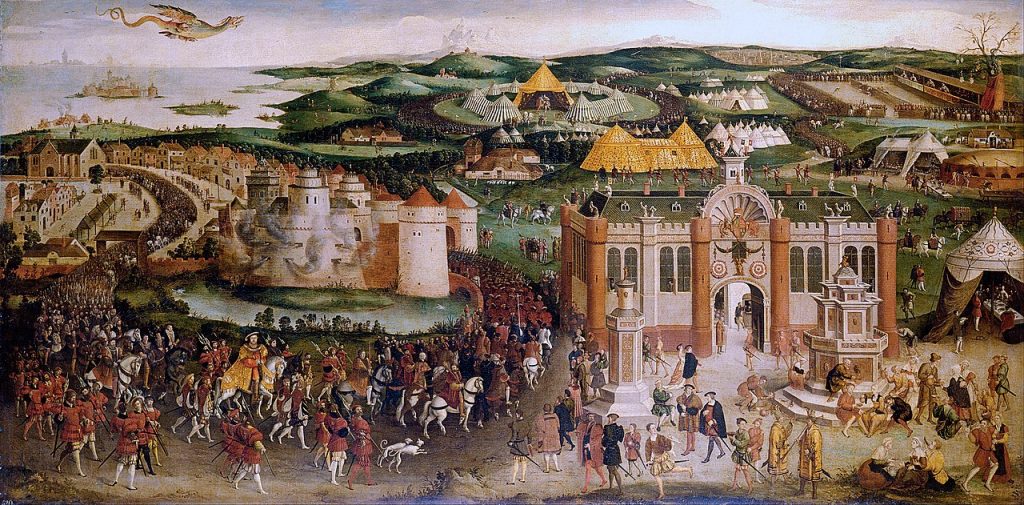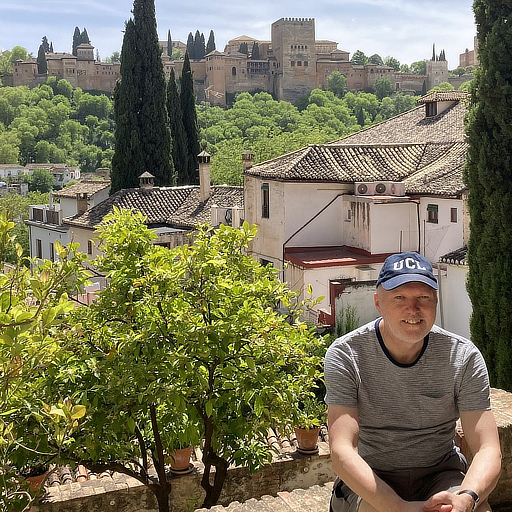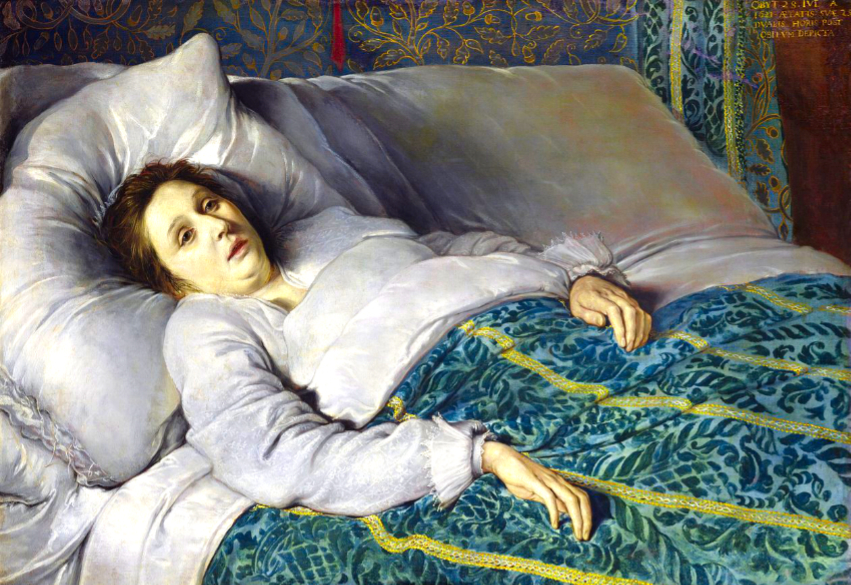Back to Early Modern Elmbridge
In which Thomas Stydolf, Justice of the Peace for Walton and Weybridge, seeks advice, and the reasons why his master, Thomas Cromwell, the Commissioner for Peace in Surrey, is otherwise engaged.
PART 1: Walton and Weybridge
A letter to Thomas Cromwell, Master Secretary, from Thomas Stydolf, Justice of the Peace1.
Hamm Court, Weybridge, Tuesday, 2 May 1536
Yesterday, the first of May, a man by the name of Colyn, a bargeman, lying in wait in the evening in the Old Hithe2 adjoining Walton Mead, met with a damsel of twelve or thirteen years old, named Alice Haymond, a servant to John Macyn of Weybridge, also a bargeman, who was riding on horseback with two bushels of corn under her to Molesey Milne3. He plucked her from her horse by force, carried her into a wood called Low Wood, and taking from her, with extreme violence, a knife, he pricked her in the flesh in diverse places constraining her to ravishment. Once he had his pleasure, he took from her purse five pennies and a nutmeg; then, intending to murder her, he gave her many blows with his staff, supposing to have left her there dead, so that a more piteous creature being alive no man could behold. Leaving her in this state he came to Walton; and shortly after, one Thomas West, of Walton, a blacksmith, went to look upon his cow pasturing in a common pasture called Cowey, and hearing a piteous noise he approached and found her in a ditch, and with the help of one Thomas Colyar, took her up, and set her on horseback, and so brought her to Walton. There being in the street more than a hundred young people, and he being one, she pointed her finger at him, saying, “Thou art he who ravished and killed me.”
When he was brought before me, he confessed the whole truth. I have not yet committed him to gaol, till I know your pleasure whether you will have a commission directed here to Mr. Danaster, and such as you shall please, that the party may suffer here where the deed was done, as an example to vagrant and suspected persons in these parts, of whom we have too many.
Signed, Thomas Stydolf.
On Monday, the first of May 1536, taking advantage of a day away from labouring in the fields, the villagers of Walton went out into the forests and meadows gathering flowers and branches to decorate their homes and the church, before congregating on the common, where a maypole, with billowing ribbons for the ‘spirits’ to dance with, had been erected. In the afternoon, a group of travelling actors in costumes and painted faces, performed a Mummer’s play, and the May Queen was chosen from amongst the village girls, whilst the onlookers enjoyed themselves singing, dancing and drinking.
Read more


